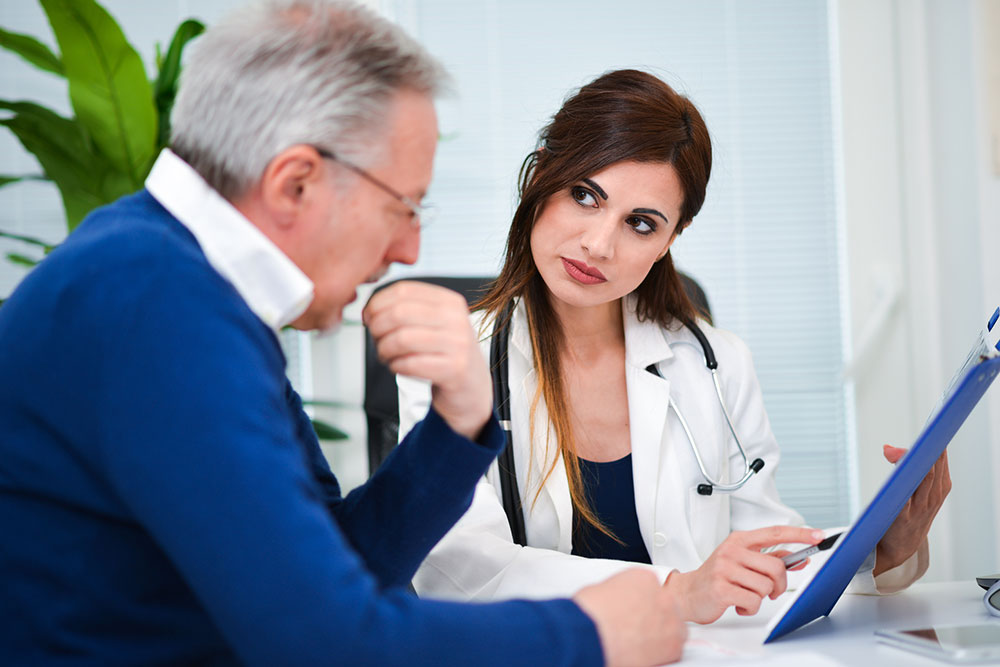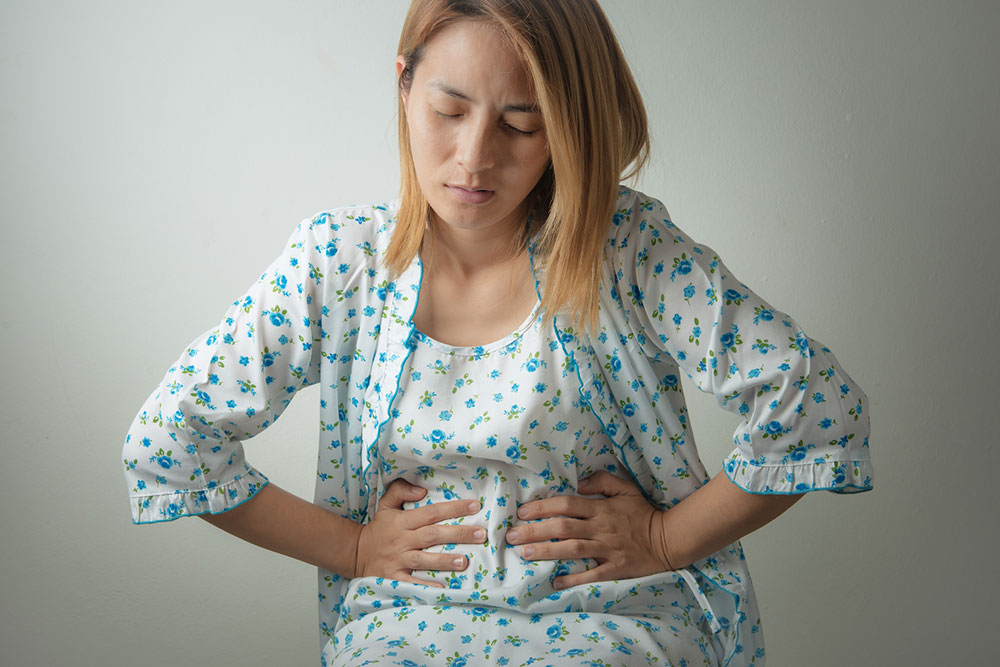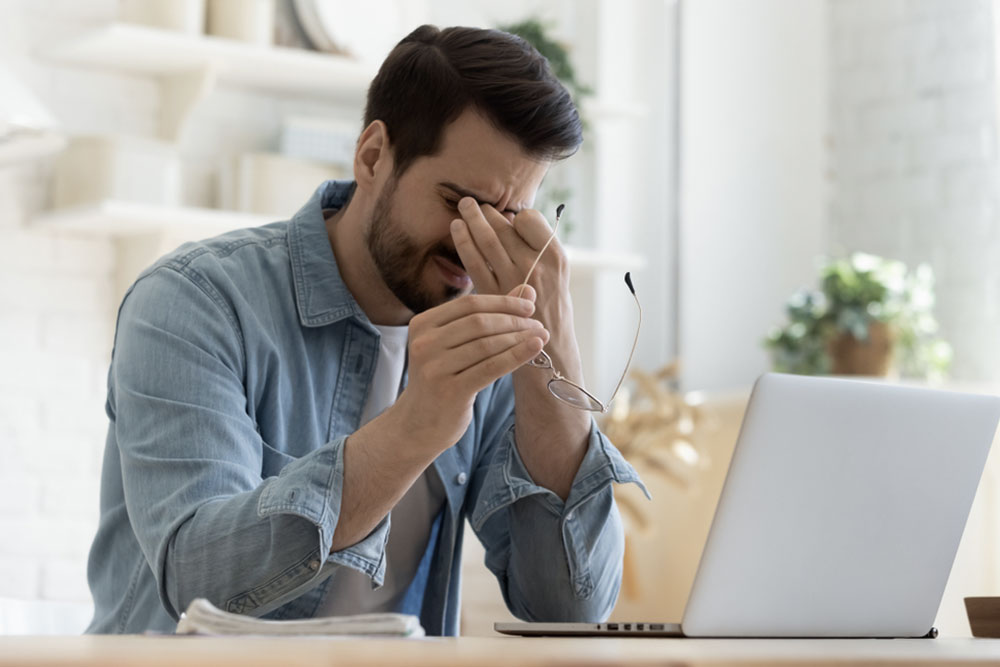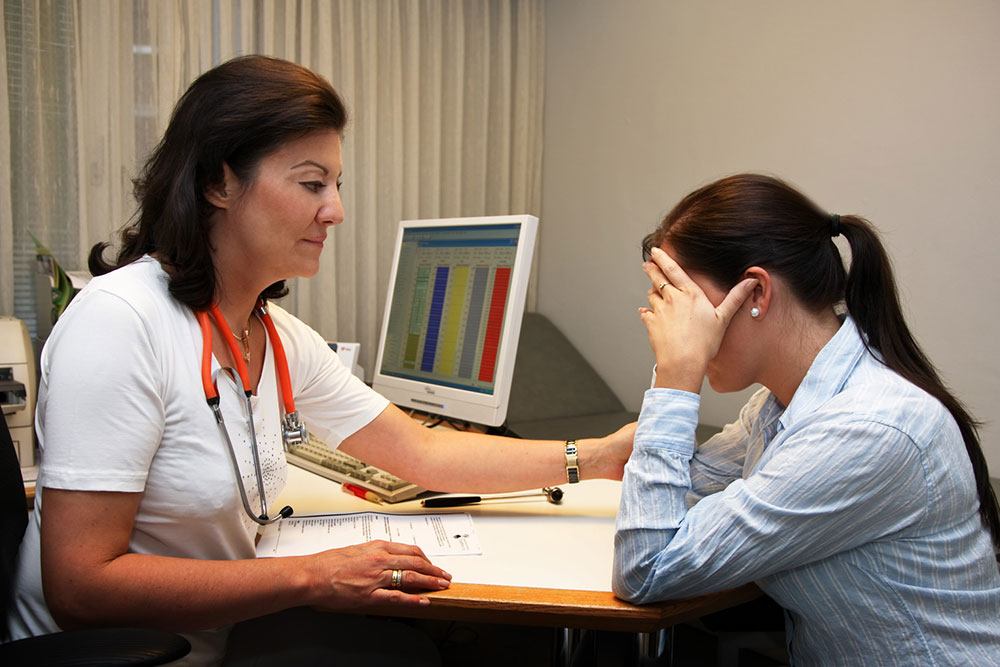Understanding the Signs and Management of Lichen Sclerosus
Lichen sclerosus is a chronic, autoimmune skin condition primarily affecting the genital area, causing symptoms like itching, discoloration, and scarring. Early diagnosis and management with topical treatments and lifestyle adjustments can improve quality of life and prevent complications. Regular medical check-ups are vital for monitoring. Precautionary skin care practices can reduce flare-ups. Seek professional advice for appropriate treatment options.

Understanding the Signs and Management of Lichen Sclerosus
Lichen sclerosus is a rare but impactful skin disorder primarily targeting genital tissues. Its exact origin remains unclear; however, factors such as genetics, hormonal imbalance, or environmental influences are believed to contribute. It is a non-contagious, autoimmune-related condition, and if untreated, symptoms can recur. Here are key indicators and treatment strategies for lichen sclerosus.
What are the visual signs of lichen sclerosus?
Initially, you might notice shiny, itchy patches that expand over time. These lesions can merge and resemble delicate tissue paper or parchment.
Over time, affected skin may appear discolored, thin, and fragile. Itching, blistering, or sores in the genital area are common and may worsen with scratching.
Symptoms of the condition
Known also as balanitis xerotica obliterans (BXO) or white spot disease, lichen sclerosus causes inflammation in areas such as the vulva (external female genitalia), penis, foreskin, urethra, and anus. Symptoms that warrant medical assessment include:
Genital scarring leading to discomfort during sex or bowel movements
Scar tissue formation within the urethra affecting urination
Patchy skin discoloration with smooth texture
Wrinkled or blotchy patches
Burning or itching sensations
Open sores, blisters, or ulcers
Bleeding or skin inflammation
Fragile skin with cracks or tears
Constipation or persistent itching
Reduced urine flow or foreskin tightening in males
Unusual genital discharge and easy bruising
White patches on the glans or tip of the male organ
Initially, symptoms may be absent, but when they appear, they often affect the anal region and can spread to other skin areas such as the breasts, back, shoulders, mouth, inner thighs, or inner arms. Prompt diagnosis is essential to prevent complications like skin cancer.
Who is more likely to develop lichen sclerosus?
Researchers believe genetic mutations, hormonal factors, injuries, or combined influences play roles in its development. Postmenopausal women aged 40-60 are most at risk, especially those with delayed puberty. Males with foreskin, urinary incontinence, or autoimmune conditions like hypothyroidism, allergies, diabetes, or high BMI are also vulnerable. A compromised immune system can further increase susceptibility.
Typical approaches to managing lichen sclerosus
Since there is no cure yet, management focuses on alleviating symptoms and maintaining quality of life. Common treatments include:
Topical creams to reduce irritation
Phototherapy using ultraviolet light to diminish inflammation
Immune-modulating therapies to prevent the immune system from attacking healthy tissue
Surgical removal of affected tissues and scar management
Most individuals respond well to treatment, but regular medical follow-up (every six months to annually) is crucial to monitor changes, adjust therapies, and prevent complications.
Precautionary tips for managing lichen sclerosus
Protect skin health by using gentle, emollient soaps, avoiding harsh detergents, and applying recommended topical creams. Gentle drying without rubbing, wearing loose cotton or silk clothing, avoiding irritants like fragrances, and promptly changing out wet clothes help mitigate flare-ups. Avoid activities causing friction, like cycling or horse riding, and steer clear of itchy fabrics like wool. Consistent skincare routines and lukewarm baths further reduce irritation.
Important Notice:
The information provided here is for educational purposes only. It should not replace professional medical advice. Always consult qualified healthcare providers for diagnosis, treatment, and management of health conditions.










